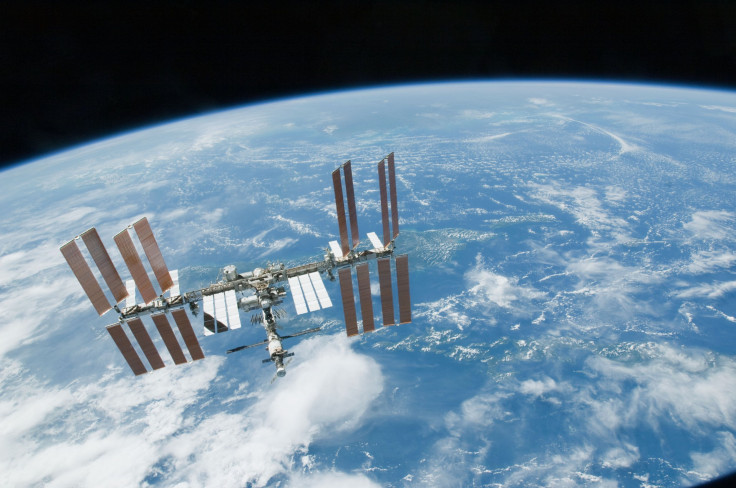NASA's ISS To Explore 3D-Printing Organs In Space To Cure Diseases

NASA’s International Space Station (ISS) has teamed up with a medical institute to explore the possibility of creating 3D-printed human organs in space. If successful, the study would revolutionize the fight against diseases.
Earlier this week, William Wagner, the director for the University of Pittsburgh’s McGowan Institute for Regenerative Medicine, announced that the institution was able to secure a multi-year partnership biomedical project with the ISS.
The focus of the project will be creating organs in space using stem cells. The parties involved in the project are hoping that the new research will pave the way for 3D-printed organs.
For the project, Wagner’s team will handle the development of facilities on Earth while the ISS’ U.S. National Laboratory will conduct experiments on the samples in the orbiting lab.
“There’s been a lot of neat discovery science done on the space station,” Wagner told Inverse. “Let’s see what happens when we put stem cells in space.”
According to Wagner, one of the possible early applications of 3D-printing in the biomedical industry would be the creation of miniature versions of full-sized organs.
These small versions, which can handle a portion of the real organs’ functions, could be used to analyze exactly how they are affected by diseases. In turn, pharmaceutical groups could turn to these 3D-printed organs to develop specific disease-fighting drugs.
Aside from this, a more straightforward application would be the creation of replacement organs. This would certainly end the problem of donor shortages that affect organ transplants.
Wagner said that he hopes that the upcoming project, as well as future research regarding 3D-printed organs, will gain enough financial support in order to push through and succeed. One of the potential investors Wagner cited was Elon Musk, the founder and CEO of SpaceX and Tesla.
“We’re trying to really go from saying, we’re going to print organs and grow stem cells in space to say, is this real enough that a hard-nosed investor would take a chance on doing it?” Wagner said. “Kind of like Elon Musk. You see it’s not been done yet, there’s risk involved, but I can connect the dots, and If I’m successful with this, it’s gonna have a payoff.”
© Copyright IBTimes 2024. All rights reserved.





















